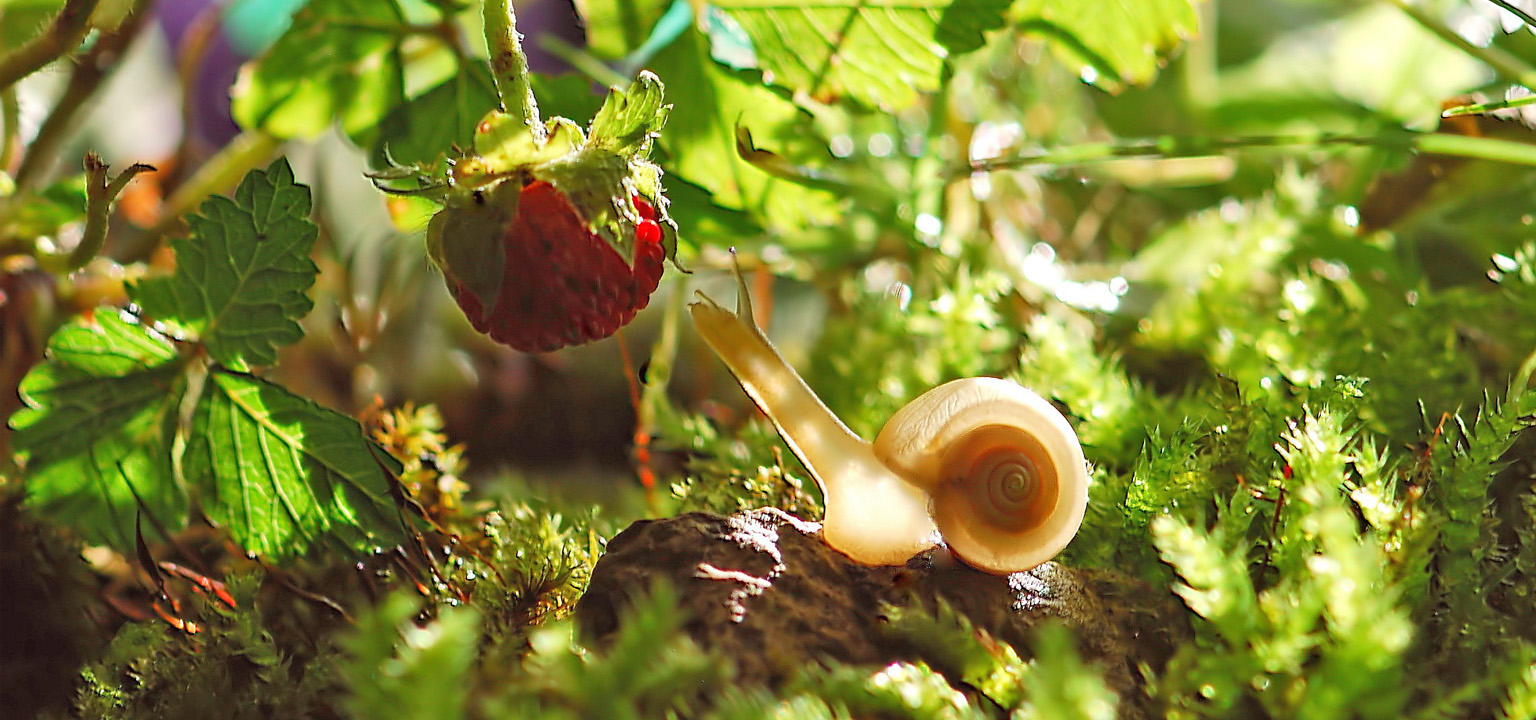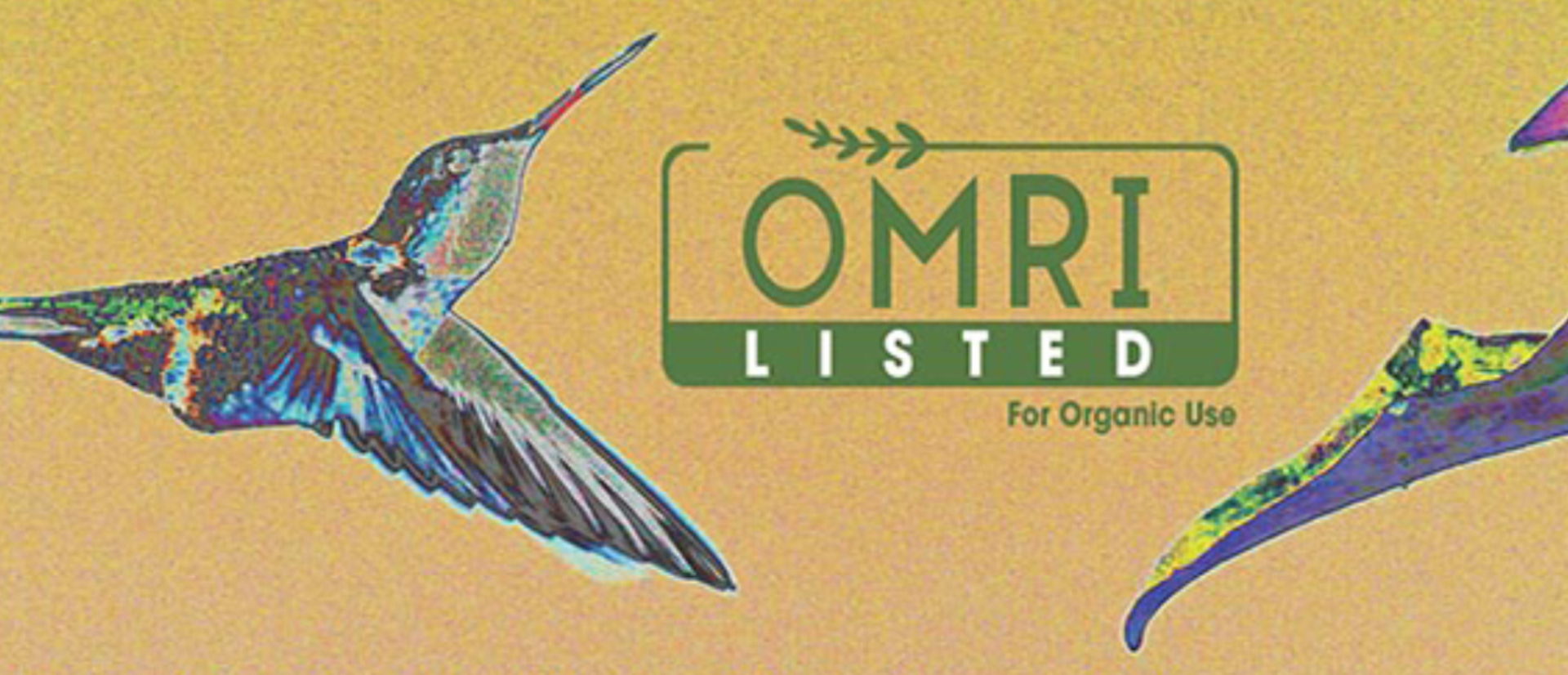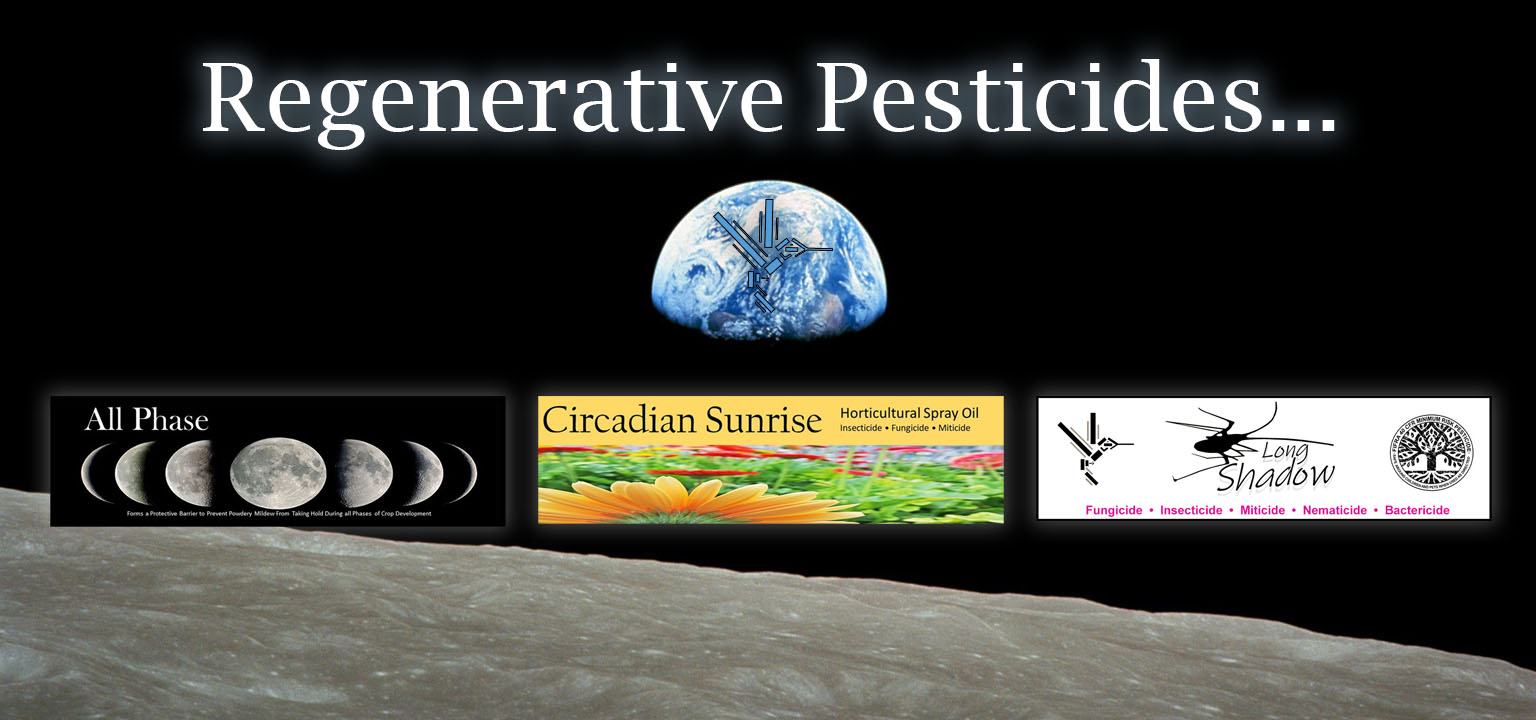Most of us know a little about sulfur. It’s a yellow mineral that’s represented by “S” in the Periodic Table and has an atomic mass of 32. It is a basic building block of life and it can kill you.
Sulfur as a component of microbial digestion can combine with hydrogen in air or water to form hydrogen sulfide gas, which is a stinky gas we associate with the smell of rotten eggs. Hydrogen sulfide is an explosive, toxic gas that’s highly irritating to eyes, skin, and lungs. The Nation Institute of Occupational Safety and Health (NIOSH) considers a hydrogen sulfide concentration in the air of 100 parts per million (ppm) as immediately dangerous to life or health. Be aware of this hazardous gas if you do fermentations or composting in enclosed spaces. Fortunately, your nose can apprise you of such a danger, as it is capable of detecting the characteristic odor in concentrations as low as 0.5 parts per billion (ppb), well below a level that will harm you, at least if the exposure isn’t chronic.
Sulfur dioxide is a hazardous gas produced when sulfur is burned in the presence of oxygen, which is any atmosphere you can survive in. Sulfur dioxide is also a major air pollutant with significant impacts upon human health, including irritation to eyes, skin, and lungs, and even death. NIOSH considers exposure to 100 ppm in the air as life threatening. Sulfur dioxide is the pungent odor of a just struck match. Most people are able to smell sulfur dioxide at levels as low as 25 ppb. Never burn sulfur in an enclosed environment. The Occupational Safety and Health Administration (OSHA) has established the maximum legal airborne permissible exposure limit to sulfur dioxide at 5 ppm averaged over an 8-hour workshift, whereas NIOSH recommends an exposure to sulfur dioxide not to exceed 5 ppm during any 15 minute work period. Chronic exposure to low levels of sulfur dioxide can result in increased susceptibility to respiratory infections, symptoms of chronic bronchitis, and accelerated decline in lung function. California includes sulfur dioxide among a list of chemicals substances known to the state to cause reproductive toxicity.
Primary sources of atmospheric sulfur dioxide are generally attributed to volcanic activity, coal fired power plants, and the combustion of diesel fuel. Aside from contributing to human health problems, sulfur dioxide is the biggest contributor to acid rain, which threatens the ecology of lakes and streams and the environment at large. In the United States sulfur dioxide emissions declined by 73% from 2006 to 2015, primarily from a 32% reduction in coal and oil-fired power plants and improved technologies for reducing sulfur dioxide emissions.
Sulfur is the oldest known pesticide used by humans to protect agricultural crops. This is typically done by dusting sulfur on crops or by dissolving sulfur in water and spraying that over crops. Just plain old sulfur doesn’t really do much of anything for controlling pests. Astute pest control advisors know that sulfur becomes pesticidal through a process called sublimation, whereby a solid, in this case sulfur, goes directly to a gas, which in this case is sulfur dioxide. Elemental sulfur reacts with oxygen in the air. This process occurs at normal atmospheric pressures and temperatures, though warmer temperatures speed the process. It isn’t until temperatures reach around 70 degrees F and above that enough sulfur dioxide is generated from a sulfur application (generally 5 lbs of sulfur per acre) to have effective pest control. The EPA has long known this process occurs, which is why sulfur is not registered for use as a pesticide in enclosed spaces such as greenhouses and indoor grow rooms.
Agricultural sulfur applications certainly contribute to atmospheric sulfur dioxide, but governmental reports never cite it as a source. Why not? Ignorance perhaps? Politics? Who knows, but the impact is most certainly significant. In California alone approximately 48,000, 000 million pounds of sulfur is applied for pest control on crops each year (that’s what gets reported). If 100% of that is converted to sulfur dioxide, that equates to 96,000,000 lbs of sulfur dioxide added to the atmosphere. Currently, California, which often boasts of being the most environmentally conscious state and leader in protecting the environment, could be the number one contributor of sulfur dioxide and thus to acid rain in the Nation.
Of the acid rain attributable to California agricultural it probably has little impact on the state, as sulfur is largely applied during the long dry season of California’s Mediterranean climate. Who knows where it ends up falling as acid rain? No one has studied that as far as I can tell.
One would think that the health ramifications of sulfur applications in agriculture would have been well studied by the Environmental Protection Agency (EPA). If so, EPA studies on the impact of agricultural sulfur and the environment are hard to find to non-existent. Good luck finding a single study evaluating sulfur dioxide levels over time in agricultural fields following sulfur applications. Shouldn’t that have been studied? Don’t farm workers spend days in those spaces? Don’t people live on and near farms? How does temperature, humidity, full sun, overcast, geography, rain and wind effect the fate of pesticidal sulfur in the environment? Very little of this fate and its impact is scientifically documented.
In 2017 a study conducted by researchers at UC Berkeley was published in the journal, Environmental Health Perspectives. The study found statistically significant associations between elemental sulfur use and poorer respiratory health of children living within ½ mile of farms with frequent sulfur applications. Not good.
A paper published in 2020 in Nature Geoscience (A shift in sulfur-cycle manipulation from atmospheric emissions to agricultural additions | Nature Geoscience) identifies agriculture as dumping more sulfur into the environment than any other source. They site a need for scientists, farmers, regulating authorities and land managers to develop approaches to monitor and mitigate environmental and human health impacts.
More studies are needed, but it is clear that farmers should be looking for ways to reduce their number of sulfur applications.
As a superintendent of agriculture for the Plant Sciences Department at UC Davis for 27 years I was actively involved with agricultural safety. Reducing sulfur use was high on my list, but the alternative fungicides were either too pricey, too long lived in the environment, or both. I didn’t have an answer.
In 2017 I retired from UC Davis and started Circadian Crop Sciences LLC. One of my goals was to provide farmers with practical alternatives to sulfur. If farmers could simply rotate between an application of sulfur and an application of an alternative pesticide, that could cut the use of sulfur in half. From the UC Berkely study, that would probably be enough of a reduction to protect the lungs of children and cut the impact on acid rain in half. Horticultural oils can serve the same purpose as sulfur and generally do it better than sulfur, but these horticultural oils require a 10 to 14 day period with no sulfur use to ensure no sulfur residual is still on the foliage, as sulfur combined with horticultural oils is highly phytotoxic. It burns foliage. These oils are also more expensive than sulfur applications and from what I’ve seen they slow photosynthesis for a period that can last for days and in some cases weeks. Sulfur is easier on the plants and cheaper. The farmer is going to stick with sulfur.
Circadian Sunrise is a horticultural oil compatible with sulfur. It can serve as a legitimate sulfur substitute. Instead of retarding photosynthesis it enhances overall growth. It is so compatible with sulfur that it can even be tank mixed with sulfur. It controls foliar diseases along with broad mites, like sulfur can, but also controls spider mites and insects. Circadian Sunrise is considerably more expensive than sulfur though. A conventional farmer might best use Circadian Sunrise for controlling spider mites and insects, while still controlling those foliar diseases that sulfur does. In that way they get two pesticide applications in one.
Circadian Crop Sciences developed All Phase to serve as an effective and economical alternative to sulfur. In 2021 we had the lowest incidence of powdery mildew on strawberries of any product tested (Field Trial Conducted by Cal Poly Strawberry Center). This was at a high application rate and I was mainly interested in verifying that the biostimulant in the product would fully offset possible negative impacts of the active ingredients on plant growth. We had no stunting of plants at the super high rate and none of the conventional pesticides tested had a lower incidence or severity of powdery mildew. In 2022 we had All Phase evaluated in a field trial at a super low rate, a rate so low that it would be cost competitive with sulfur. One conventional pesticide did a little better, but that wasn’t sulfur. All Phase is a cost-effective alternative to sulfur. Its residues are EPA exempt from the requirement of a residue tolerance. They are FDA approved food additives. Farmers can alternate with sulfur or replace sulfur use all together. Personally, I think alternating with sulfur is the best strategy and provides enough of a sulfur reduction to protect our lungs and the environment. As the toxicologists say, “It’s the dose that makes the poison.”
Getting All Phase into the hands of growers is difficult. Most farmers apply pesticides based upon the recommendations of pest control advisors (PCAs), and these PCAs are primarily employed by the main farm chemical distributors, who are also the biggest sellers of sulfur. Though we have a solution, until environmentally conscious farmers decide to change or the general public demands a change, agriculture will continue with the status quo.
At Circadian Crop Sciences LLC we don’t just complain about problems, we offer solutions.
Share if you care.




